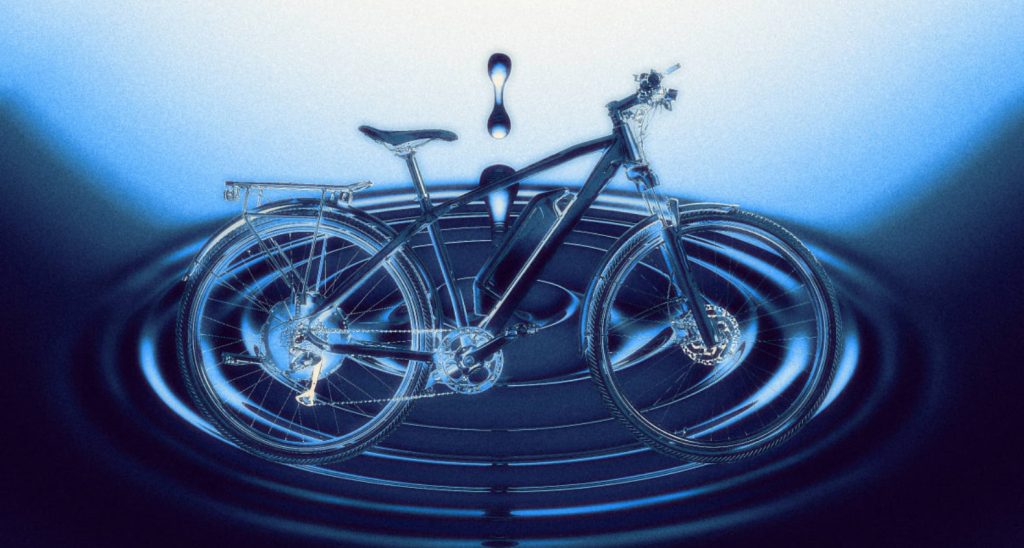
Your house might have a dozen lithium-ion batteries—in laptops and phones, electric toothbrushes, robot vacuums, smartwatches, tools, e-bikes, an electric car, or any of 40,000 other consumer products. The technology is ubiquitous. But it can also be dangerous. In New York City, alone, there were 267 fires and 18 deaths last year from batteries in e-bikes or e-scooters. Utilities using batteries to store renewable energy also have a problem with fires.
As engineers race to develop potential replacements, a global team of researchers just took a step forward on one alternative: a water battery. While a lithium-ion battery is filled with flammable electrolytes, the alternative is filled with water instead. Since water doesn’t burn, “even if something goes wrong in the battery, the risk of fire is much lower,” says Tianyi Ma, a professor at Australia’s RMIT University leading the work. The lithium is replaced by a metal like magnesium or zinc.
Water batteries have other advantages, including the fact that magnesium and zinc are abundantly available. “Water batteries have the potential to be significantly cheaper than lithium-ion batteries,” Ma says. “This is because they use more readily available materials with less complex manufacturing.” Right now, lithium-ion battery cells cost between $150 and $300 per kilowatt hour; water battery cells could cost as little as $20 to $75 per kilowatt hour, he says. The materials in water batteries are also less toxic and the batteries are easier to recycle.
In a new study that tested small battery cells, the researchers solved a previous challenge with their design. In the past, tiny spikes could form on the metal in the battery and risk causing short circuits. A new coating on the metal eliminates that problem and helps the batteries last longer.
Still, the new design can’t replace lithium-ion batteries in every application. The energy density is lower—meaning it takes more space to store the same amount of energy—and the batteries wouldn’t make sense in an electric car that needs to travel a long distance. (The current iteration of the team’s water battery has an energy density that’s around 30% of the latest Tesla battery, so the battery would need to be much larger for the car to travel the same distance on a charge.) Small devices that use a lot of energy, like a mobile phone, also need more energy density.
At a solar or wind farm, though, larger batteries could provide energy storage. And Ma says the batteries also have the potential to replace lithium-ion in e-bikes or e-scooters, two products that urgently need an alternative. Bikes and scooters need less energy storage than cars because they’re much lighter in weight.
There are other reasons why e-bike fires are becoming more common, including the fact that unlike electric cars, electric bikes are mostly unregulated and some batteries now in use are cheap and badly made. (Even after New York City banned the sale of aftermarket batteries last year, fires have continued to happen.) Delivery riders who rely on the bikes in New York City also often use mismatched chargers that can also increase the risk of fires. But even in a high-quality bike, the risk can’t be completely eliminated unless the battery chemistry changes.
Some other options may soon be used in electric bikes, including a lithium titanium oxide battery paired with a new type of battery operating system. A water battery could come next. One of the next steps, Ma says, is to figure out how to mass-manufacture the batteries cheaply. The research team, working across multiple universities, is also collaborating with a Sydney-based industry partner called GrapheneX.
Some startups are working on other variations of water-based batteries. Alsym, one company, developed proprietary tech that could be used in multiple applications—including e-bikes—and plans to begin shipping samples to early adopters later this year.





























